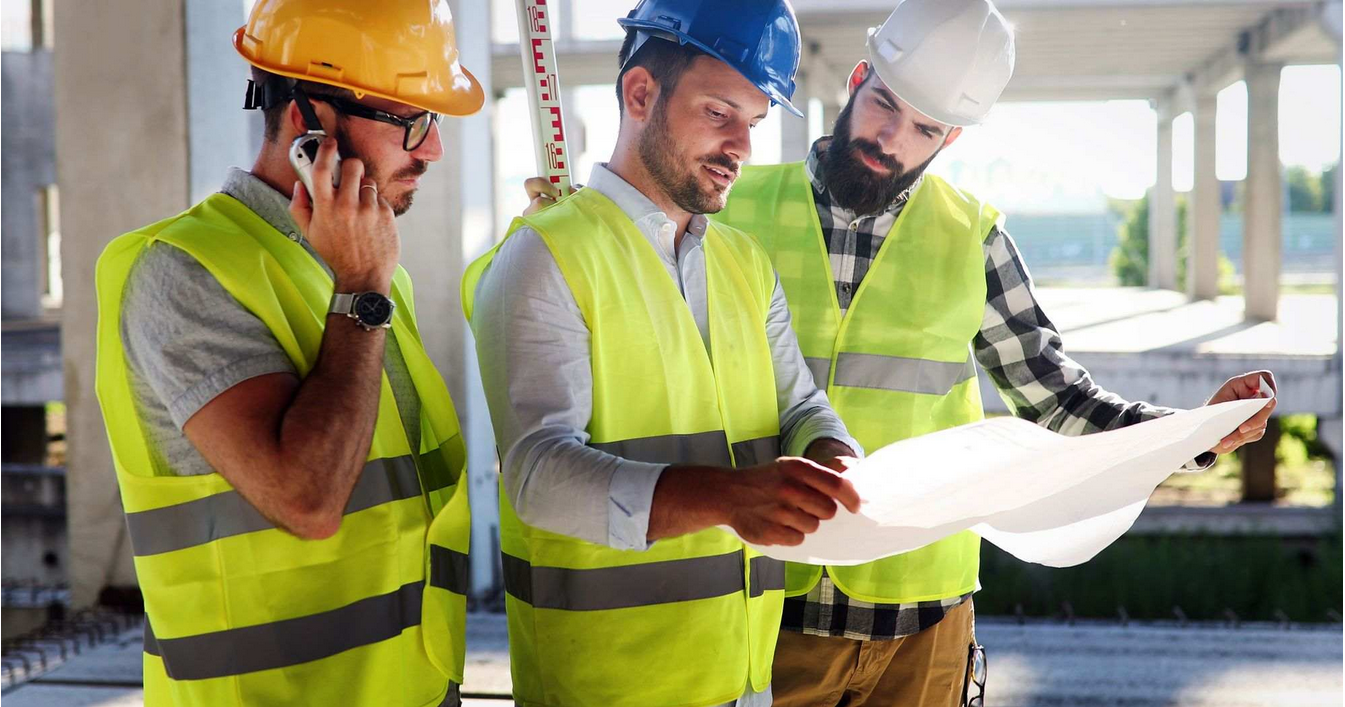The construction industry is continuously evolving, and 2025 will be no exception. With rising material costs, advancements in technology, and global economic shifts, construction costing is expected to undergo significant changes. In this blog, we will explore the key trends shaping construction costs in 2025 and how businesses can prepare for these changes.
1. Rising Material Costs
Material costs have been steadily increasing due to supply chain disruptions, inflation, and geopolitical factors. In 2025, we can expect continued price volatility for essential materials like steel, cement, and lumber. Companies should consider:
Bulk purchasing to lock in lower rates.
Alternative materials that offer cost savings without compromising quality.
Supplier diversification to reduce dependency on single sources.
2. Increased Adoption of Construction Technology
Technological advancements are revolutionizing the construction industry, improving efficiency and reducing costs. Key trends include:
Building Information Modeling (BIM) for better project planning and reduced errors.
Drones and AI-powered analytics for site inspections and cost tracking.
3D printing and modular construction to minimize waste and labor expenses.
3. Labor Shortages and Rising Wages
The construction industry is facing a skilled labor shortage, leading to increased wages. Companies will need to:
Invest in training programs to upskill workers.
Adopt automation to reduce reliance on manual labor.
Offer competitive wages and benefits to attract and retain talent.
4. Sustainable and Green Construction
Sustainability is becoming a priority, and eco-friendly materials and energy-efficient designs are gaining traction. Expect to see:
Higher demand for LEED-certified projects.
Incentives and tax benefits for using renewable energy sources.
Increased use of recycled and low-carbon materials.
5. Digital Cost Management Tools
Traditional cost estimation methods are being replaced by digital solutions that provide real-time insights and better financial control. Tools like:
Cloud-based project management software for tracking expenses.
AI-driven cost estimation tools for accurate budgeting.
Blockchain technology for secure and transparent transactions.
6. Government Regulations and Compliance
New policies and safety regulations can impact construction costs. In 2025, firms should:
Stay updated with evolving building codes.
Ensure compliance to avoid fines and delays.
Leverage tax credits for adhering to sustainability guidelines.
Conclusion
The construction industry is set for dynamic changes in 2025, with rising costs, labor challenges, and tech-driven solutions shaping the landscape. By staying informed and adapting to these trends, companies can optimize costs and remain competitive. Investing in technology, sustainability, and workforce development will be key strategies for success in the coming year.




